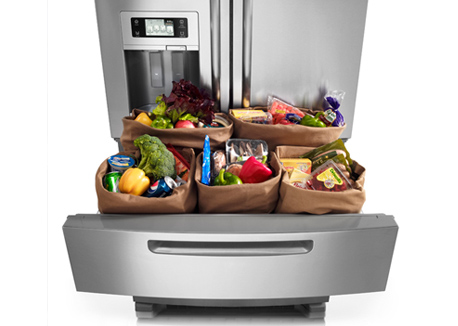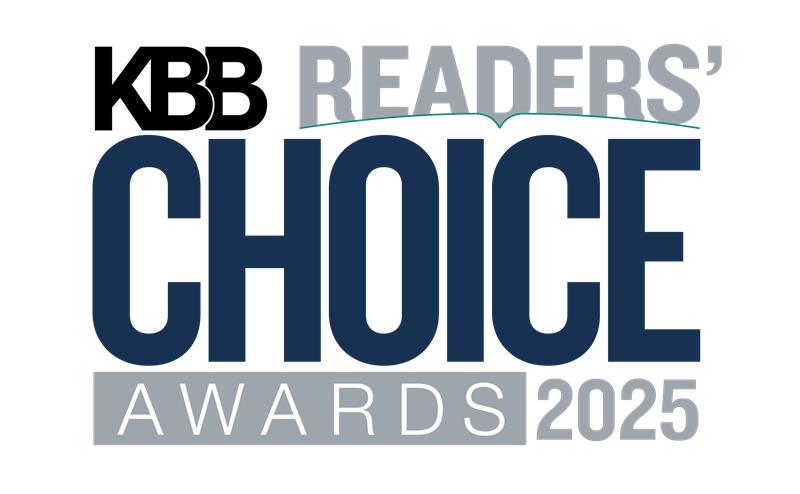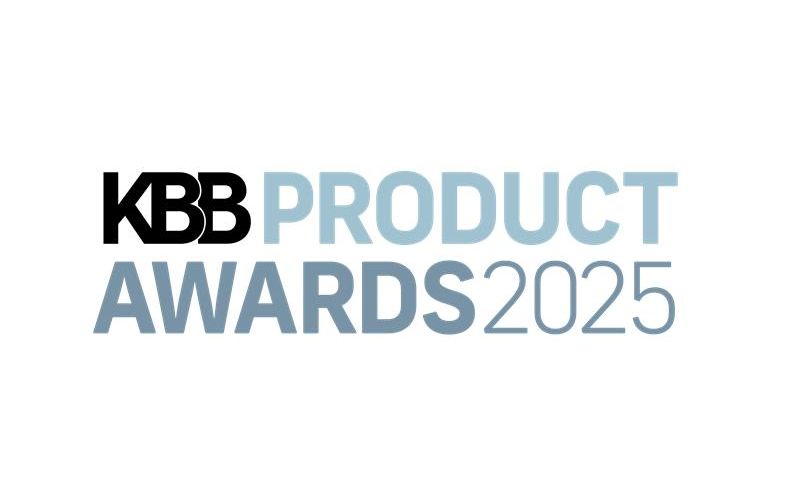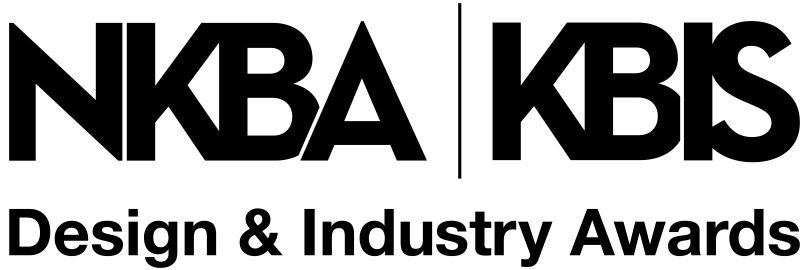Many of today’s homeowners are requesting Energy Star-qualified refrigerators, but most are unaware of the strategies manufacturers use to make refrigerators more energy-efficient. Not all Energy Star-qualified refrigerators are created equal and these differences can have a huge impact on the overall energy efficiency of a refrigerator. Learning about energy-efficient refrigerators from a manufacturer’s perspective arms designers with the information needed to guide clients toward a more informed refrigerator choice.
First, let’s take a look at some of the reasons why appliance manufacturers are making more energy-efficient refrigerators.
THE NEED FOR GREATER ENERGY EFFICIENCY
Using energy more efficiently puts less burden on our national power grid and allows us to reduce consumption of the fossil fuels used to generate electrical power. This, in turn, helps to preserve valuable natural resources and decrease greenhouse gas emissions, which are harmful to the environment. Homeowners, too, benefit from higher energy efficiency, as it can lower their utility costs. Over the past 20 years, federal government programs, such as Energy Star, have emerged to promote efficient energy use by developing energy efficiency standards for homeowners and the industrial sector.
Since appliances are a major source of energy consumption in the home, it has become increasingly important for appliance manufacturers to continuously focus on making their products more energy-efficient. This is especially true with refrigerators. According to the U.S. Department of Energy (DOE), the refrigerator is a significant contributor to home energy use, accounting for approximately five percent of energy usage in the home. One of the best ways for homeowners to reduce their overall energy consumption is to buy a new Energy Star-qualified refrigerator.
The pressure is constantly on manufacturers to create Energy Star-qualified refrigerators that remain affordable for the homeowner, and they’ve been largely successful. According to the Energy Coordinating Agency, refrigerators of today use approximately 60 percent less energy than those made in 1990, six years before Energy Star first set standards for refrigerators. Today, most manufacturers have Energy Star-qualified refrigerators, meaning that they are at least 20 percent more energy-efficient than the minimal federal energy standard. Manufacturers will need to continue to invest in meeting these new Energy Star levels and standards as the energy efficiency of refrigerators will continue to rise with time.
Refrigerator manufacturers are maintaining their pace of improving energy efficiency with the help of various technological strategies.
CREATING A MORE ENERGY-EFFICIENT PRODUCT
There are many strategies manufacturers can use to make refrigerators more energy-efficient. Three of the most common are: building a larger refrigerator case to allow more space for insulation; keeping the case at a standard size and adding more insulation than typical; and keeping the case at a standard size, but with a more thermally resistant insulation and a more energy-efficient cooling system. Each has its advantages and disadvantages.
• Bigger Case—Extra Insulation.
Since many of today’s homeowners want both energy efficiency and more storage space, some manufacturers are building a bigger refrigerator case and maximizing the amount of insulation. There are downsides to this, though. To begin with, building larger refrigerators makes it more difficult to meet Energy Star refrigerator requirements, as they require more electricity. And any time significantly more materials are used to make a product, the cost will generally be higher. In addition, if the refrigerator is intended as a replacement, the remodel may need to be more extensive to accommodate the larger refrigerator size.
• Standard Case — Extra Insulation.
Using a standard-size case and adding the maximum amount of insulation creates another trade-off for the homeowner — less usable refrigerator space for increased energy efficiency. Again, this is a sacrifice that many homeowners today are unwilling to make.
• Standard Case-More Thermally Efficient Insulation and Energy-Efficient Cooling System.
This strategy is the happy medium between refrigerator size and energy efficiency and is typically the most preferred option among homeowners. However, the more thermally efficient insulation and energy-efficient cooling system may result in a higher sticker price, due to increased manufacturing and component costs.
NEW REFRIGERATOR TECHNOLOGY AND DESIGN
Today’s refrigerator manufacturers are focusing time and effort on developing new technology for the next generation of refrigerators. Many significant changes and investments are being made to address homeowners’ current needs. These changes include: more energy-efficient refrigerator structures, cooling components and electronics, as well as new algorithms that manage the temperature of the refrigerator more effectively. Some manufacturers also are adding vacuum panels, a form of thermal insulation consisting of a nearly airtight enclosure surrounding a rigid core, from which the air has been evacuated. This can be rather costly, but it allows manufacturers to thin the refrigerator’s walls and give the homeowner the same or more capacity while not changing product dimensions.
Another development in the past year or two is Smart Grid-compatible refrigerators, which will fit into the forthcoming restructuring of the U.S. national power grid. These refrigerators will be able to communicate with the interactive national power grid of the future. Upon instruction from the grid, they will automatically reduce power consumption at peak energy usage hours to prevent blackouts and other problems resulting from energy overconsumption. Smart Grid compatibility is an evolving technology, and it’s here to stay.
WHAT SHOULD DESIGNERS LOOK FOR IN REFRIGERATORS?
As stated earlier, each Energy Star-qualified refrigerator is different. To guide clients toward a refrigerator that offers the best mix of energy efficiency, performance and price, it’s important for kitchen designers to do their homework. They should check the dimensions of new products that offer higher efficiency and bigger capacity to make sure that they are not larger than the refrigerator space available—especially in the case of kitchen remodels. There are now many refrigerator options on the market that offer increased capacity while maintaining Energy Star status and a more standard size.
Over the years, Energy Star and other energy efficiency proponents have recommended certain refrigerator configurations over others for energy efficiency, such as declaring refrigerators with freezers on the top or at the bottom more energy-efficient than side-by-side refrigerator-freezers. Through research and new technology, however, the gap has narrowed, and some manufacturers have developed side-by-side refrigerators that are as energy-efficient as the other options. Plus, they offer the aesthetics that many of today’s homeowners are looking for and more ample storage space. It’s crucial to look at each product individually and consider all it has to offer.
The energy efficiency of home appliances has become such a high priority to homeowners in recent years that it would be impossible for manufacturers and designers to overlook it. On the whole, manufacturers have made great strides in producing energy-efficient appliances and continue to look for new ways to increase efficiency. There are some great refrigerator products on the market now that excel at energy efficiency. As designers, make it your goal to research the performance attributes of each model you consider and guide clients toward the one that is best for them.
—Terri Connett is senior manager contract marketing and design at
Whirlpool Corporation.









